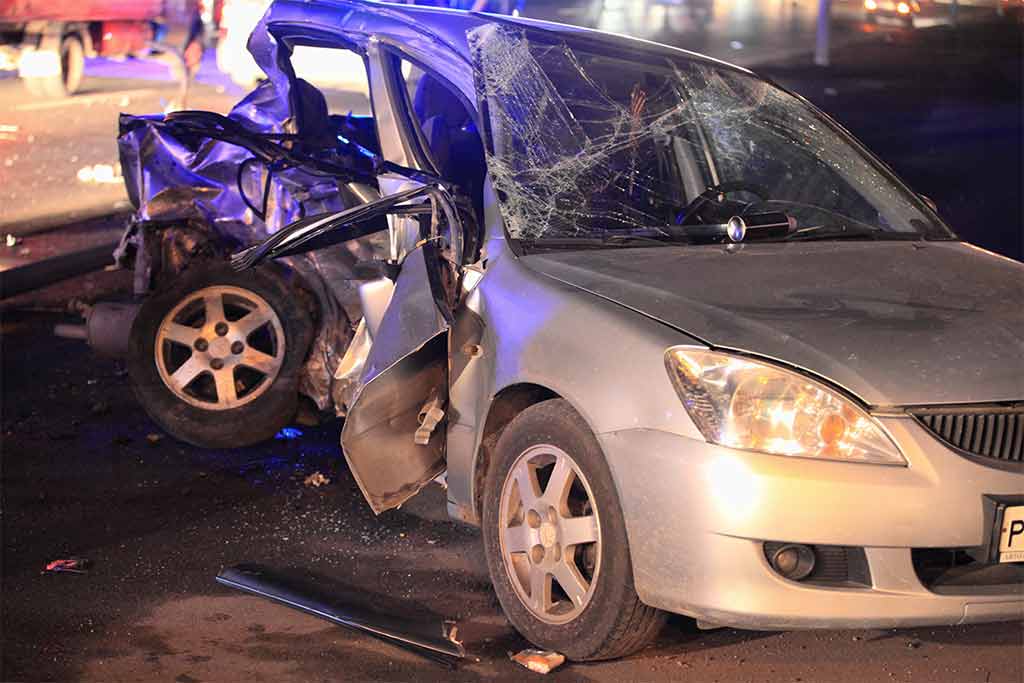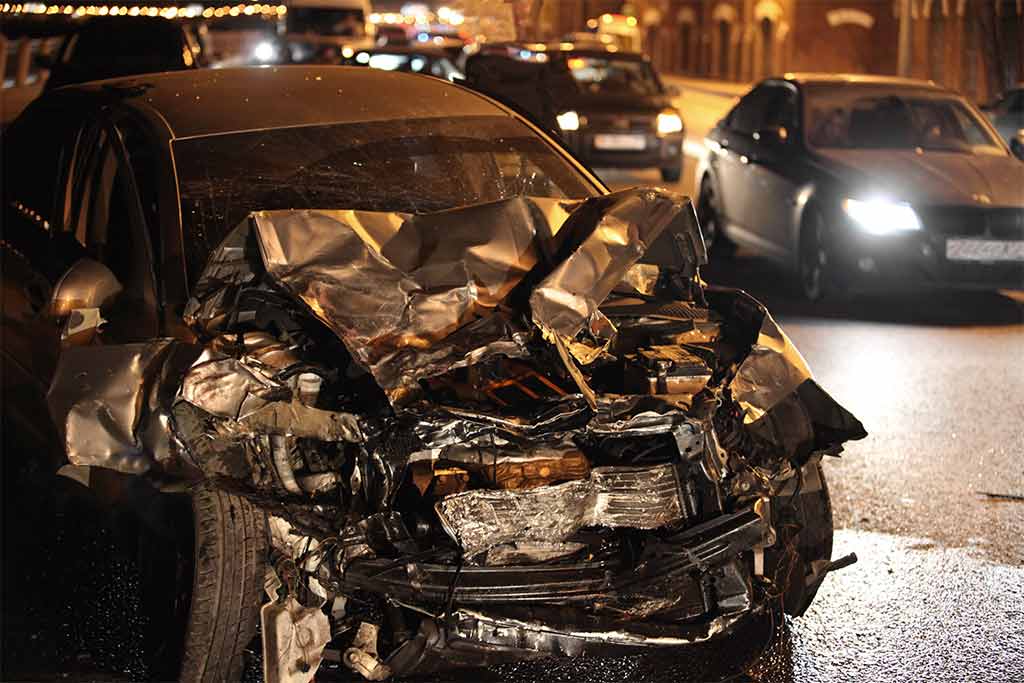Personal injury occurs when a person’s body, mind or emotions are injured as a result of negligence, carelessness, or wrongful conduct of another person. Personal injury is also called a tort law. “Tort” comes from Latin and means harm or wrong. Tort Law encompasses a broad variety of types of personal injuries.
Typical Personal Injury Cases
- Auto Accidents
- Dog Bites
- Medical Malpractice
- Product Liability
- Slip and Fall
- Wrongful Death
- Premises Liability
- Sexual Assault
- Physical Assault
- High Stacking Injuries
- Theme Park Cases
- Aviation Cases
- Railroad Cases
- Admiralty and Maritime Cases
- Water Accident Cases
- Sports Injury Cases

Role of a Certified Legal Nurse Consultant in personal injury cases
The responsibilities of a CLNC in personal injury cases includes assessment of:
- Medical Aspects of the Case
- Damages
- Causation
- Statute of Limitations
- Fault vs No Fault
- Comparative Negligence
- Insurance Claims
- Medical Bills
- MD Appointments
- Lost Time from Work
- Rehabilitation
How a CLNC saved one attorney time & money
A case assessment can prevent you going to trial based on misinterpreted evidence
Automobile accidents/(MVA) Motor Vehicle Accidents
In 2019, 2.74 million people in the US sustained injury in motor vehicle accidents-an increase by about 1.1% from 2018. An estimated 6.76 million police-reported road crashes occurred that year. Many of the accidents were fatal and claimed an estimated 36,096 lives.

Major Contributing Factors
- Driver Error
- Recognition Errors
- Poor Eyesight
- Inexperienced Drivers
- Elderly-Memory Impaired
- Sleep Deprived
- Wandering Thoughts/Daydreaming
- Failing to Look or See Other Vehicles
- Failing to Keep a Safe Distance behind Other Cars
- Speeding
- Driving Too Fast for Conditions
- Driving Too Fast for a Change in Road Contour
Proving Negligence
Do medical records matter?
Statistical Breakdown of Auto Accidents
- According to the National Highway Traffic Safety Administration (NHTSA), 94% of all crashes are caused by human error
- Recognition errors, including inattention, distractions, and inadequate surveillance cause 41% of most accidents
- Decision errors -driving too fast, false assumption of others’ actions, and illegal maneuvers- make up 35% crashes
- Performance errors, including overcompensation or poor directional control cause 11% accidents
- Non-performance errors, mostly sleep, account for 7% of all crashes
Speeding Accidents
The role of speeding in crashes is described in terms of its effect on the driver, the vehicle, and the road. Excessive speeding reduces the amount of time the driver will have to react in a dangerous situation to avoid a crash, increases vehicle stopping distance, reduces the purpose of road safety structures (such as guard rails, impact attenuators, crash cushions, median dividers, and concrete barriers) to protect vehicle occupants in a crash.

Speeding was a factor in 26% of all traffic fatalities in 2019. A crash is considered speed related if a driver was charged with a speeding related offense or if racing, driving too fast for conditions, or exceeding the posted speed limit was indicated as a contributing factor in the crash.
Aggressive driving plays a role in 56% of all fatal crashes in the US, with excessive speed as the number one factor. More than 900 people will die and 2,000 people injured due to red light runners annually, often pedestrians or occupants of other vehicles according to the National Safety Council (NSC).
Comparative Negligence
How does this relate to pre-existing conditions?
Distracted Driving accidents
Distracted driving is defined as a shift of focus to other activities from the road. This lack of focus places other motorists, pedestrians, bicyclists at risk for serious injury from traffic accidents. This shift of focus can be caused by:
- Texting, talking on the phone (even hands free), applying makeup, grooming, eating or drinking
- Drunk driving which is a crime is responsible for 10,000 fatal crashes and traffic fatalities each year
- Smoking-lighting a cigarette, smoking or putting it out
- According to NHTSA 660,000 drivers use their electronic devices while driving; using controls to operate the vehicle, mirrors, safety belts
- Adjusting audio or climate controls
- Other occupants can place major demands on attention when driving
- Outside person or event; gawking at an accident, at other people, or other cars is more distracting than a person in the passenger seat
- Lost in thought, mind wandering
- Complacency to risks of driving
- Other states of mind like rushing, frustration, fatigue, contribute to taking eyes off the road.

Based on information from the US Department of Transportation (DOT) and the NHTSA, the overall number for all crashes in 2018 is 6.7 million. Distracted driving contributed to 15% of the total number. Drowsy driving is involved in 2.2-2.6 % of total fatal crashes annually (NHTSA). Distracted driving is a factor in 3,154 fatalities and 424,000 injuries on the road annually causing 16% of all MVAs. Driver fatigue is believed to cause 100,000 police reported crashes annually with 1,500 deaths, 71,000 injuries, and 12.5 billion monetary losses. (NSC).
The NSC estimates that 9 people a day are killed in distracted driving accidents and 1000 others are injured. In 2013 a Virginia Tech Transportation Institute study reinforced the dangers of distracted driving and it did not just include texting. The study also examined engaging in visual manual cell phone subtasks such as reaching for a phone and dialing. It turns out reaching, dialing and texting greatly increases a driver’s risk.
Trial No Error
We will review your case so you can proceed with absolute confidence